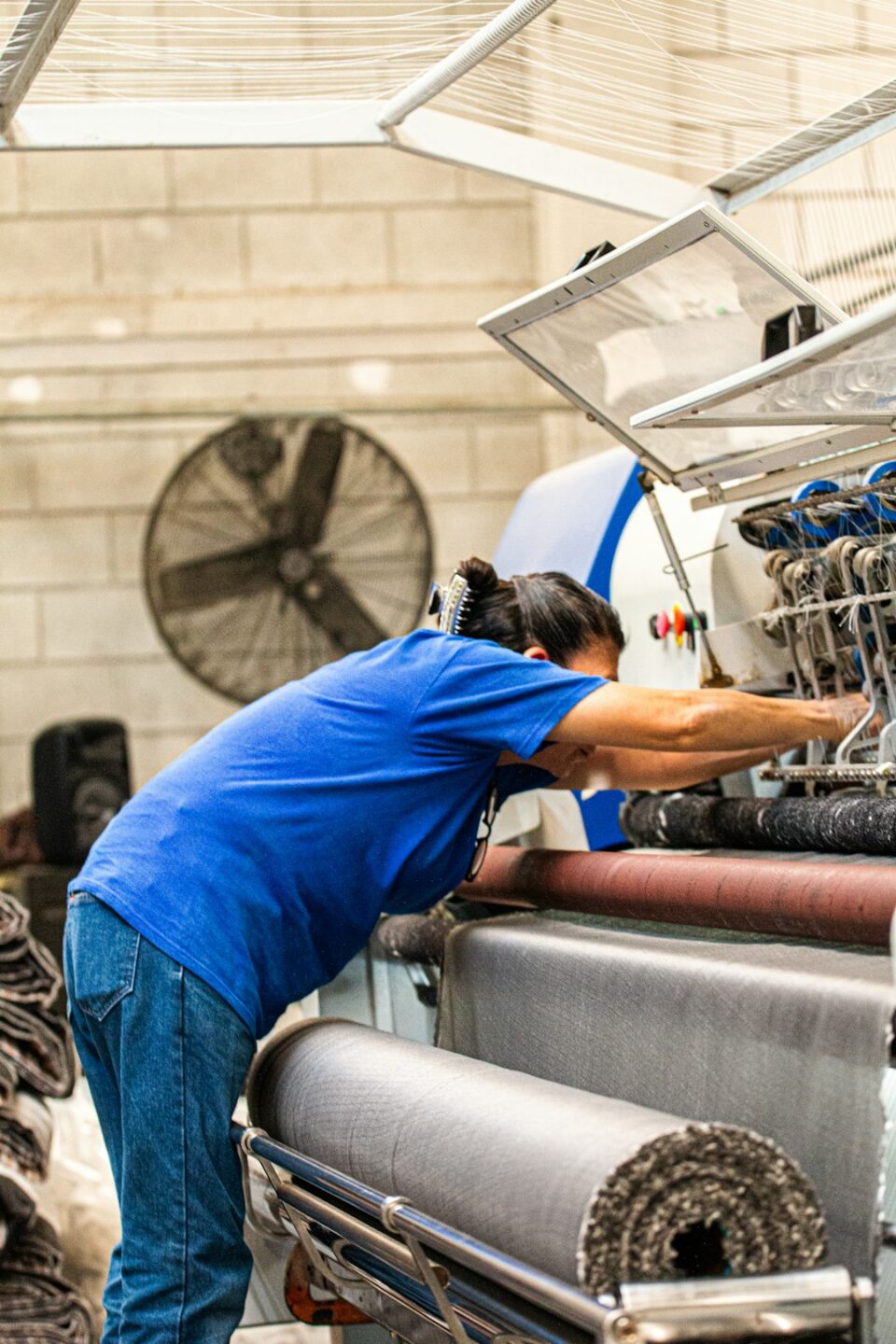The Evolution of Additive Manufacturing: From Prototypes to Final Products
Additive Manufacturing, also known as 3D printing, has been gradually transforming the way products are designed and produced. From its humble beginnings as a technology primarily used for rapid prototyping, it has now evolved to a point where it is capable of producing final products with high precision and quality. This evolution has opened up a world of opportunities for various industries, pushing the limits of what was once deemed possible in manufacturing.
When 3D printing first emerged in the 1980s, it was primarily used for creating prototypes. As a cost-effective and efficient alternative to traditional prototyping methods, it allowed designers and engineers to quickly test their ideas and make necessary modifications before moving forward with large-scale manufacturing. This early stage of additive manufacturing laid the foundation for its future growth and success.
As the technology advanced, so did the materials that could be utilized in the printing process. Initially, additive manufacturing was limited to plastics and resins. However, over time, the range of materials expanded to include metals, ceramics, and even living tissues. This broadening of material options opened up endless possibilities for creating functional parts and products that were not feasible with traditional manufacturing techniques.
One of the key advancements in additive manufacturing was the development of metal 3D printing. This breakthrough allowed for the production of extremely complex metal parts with intricate geometries and internal structures that were otherwise unattainable through conventional methods. Metal 3D printing has found applications in industries such as aerospace, automotive, and healthcare, where the demand for lightweight, durable, and customized components is high.
Another major milestone in the evolution of additive manufacturing was the improvement in printing resolution and accuracy. Early 3D printers were limited in their ability to produce high-detail parts, often resulting in rough surfaces and visible layer lines. However, with advances in hardware and software, modern printers are capable of achieving micron-level precision, resulting in smooth, detailed, and visually appealing final products.
The rise of additive manufacturing has also led to the concept of on-demand manufacturing or decentralized production. Traditional manufacturing often requires large-scale production runs, resulting in excess inventory and storage costs. However, with 3D printing, products can be manufactured on-demand, reducing waste and allowing for customization and personalization. This shift towards on-demand manufacturing has the potential to revolutionize supply chains and reduce lead times, ultimately benefiting both businesses and consumers.
In recent years, additive manufacturing has made significant strides in the field of bioprinting, where living tissues and organs are printed layer by layer. This breakthrough has the potential to revolutionize the healthcare industry, with the potential to create custom-made organs, implants, and tissue for transplantation. While still in its early stages, bioprinting holds immense promise and could potentially save countless lives in the future.
The evolution of additive manufacturing has not been without its challenges. As the technology becomes more widespread, concerns around intellectual property theft and copyright infringement have emerged. With the ability to easily reproduce objects, protecting intellectual property rights has become a critical issue that needs to be addressed.
Despite these challenges, the future of additive manufacturing is bright. As the technology continues to advance, we can expect further improvements in printing speed, material options, and printing resolution. This will open up new possibilities for creating complex and functional products that were previously unimaginable. Additionally, as the costs of 3D printers decrease and accessibility increases, more individuals and businesses will have the opportunity to harness the power of additive manufacturing.
In conclusion, the evolution of additive manufacturing, from its beginnings as a prototyping tool to its current capability of producing final products, has been a journey marked by continuous advancements in technology and materials. With each new breakthrough, the possibilities for innovation and creativity in manufacturing expand. As we look to the future, additive manufacturing holds the promise of revolutionizing industries and transforming the way products are designed, produced, and consumed.

